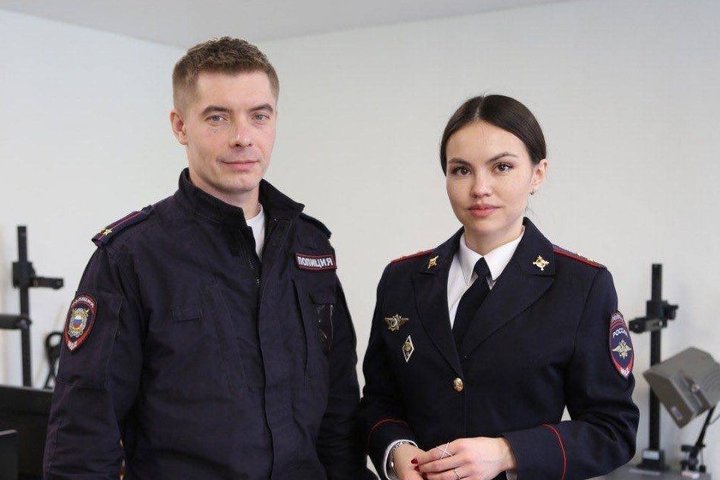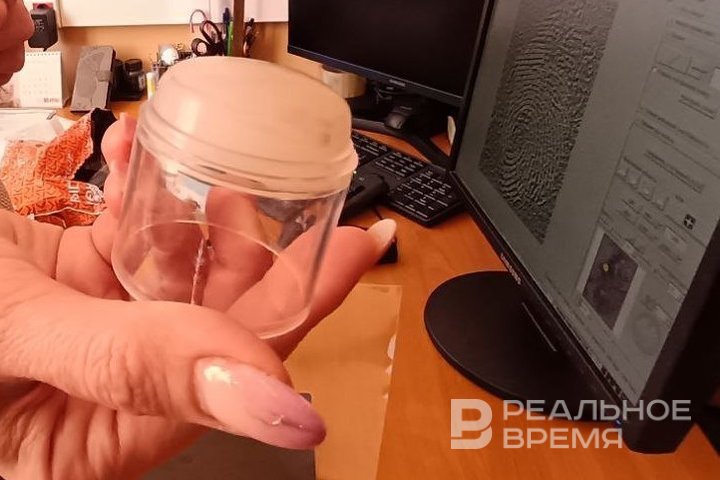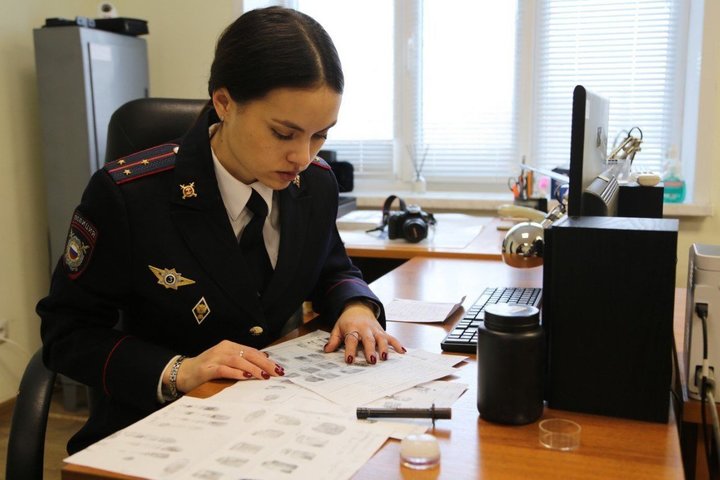‘There was excitement — to reveal it faster!’: ‘manicure’ method of an expert from Tatarstan adopted by Ministry of Internal Affairs of Russia
The senior lieutenant from Nizhnekamsk received a commendation from the Police Lieutenant General, head of the Forensic Center of the Ministry of Internal Affairs of Russia Vadim Kazmin. At the suggestion of Rania Mardanshina, her colleagues across the country began to use the method that the young woman had looked at... in a nail salon and tried it out at crime scenes. As a result, silicone stamps began to be purchased for the needs of the police, which were previously used exclusively for nail beauty — by transferring the original pattern to the nail plate. Now this technique gives the opportunity to get high-quality traces and facilitates the search for criminals.
Any crime leaves traces. But even modern technology is not always able to fix and correctly identify the one who inherited. High-quality fingerprints can be “rolled back” only from a detained criminal. Whereas at the scene, forensic experts have to look for the very traces in places that the alleged killer, thief, rapist could have touched. And then look for a match of these traces in the automatic fingerprint information search database — Papilon ADIS.
“But it happens that there is a trace, but it does not work to remove it — on wooden, porous surfaces or on a soft leather chair. The place was treated with powder — the trace is visible, but we glue the film, push it through... and we get not finger marks, but the relief of the chair," explained Anas Mukhametzyanov, the head of the Criminal Expertise Centre of the Ministry of Internal Affairs of Tatarstan, to the journalist of Realnoe Vremya.
This is the problem that the senior expert of the Nizhnekamsk Department of Internal Affairs, Rania Mardanshina, faced. According to her, it was rarely possible to get a high-quality trace from the car panels or window sill before. The result was often not suitable for working with the Papilon database.

“I initially worked with this database when I joined the service in 2018. All traces and coincidences of crimes in Nizhnekamsk passed through me. There was excitement — to reveal it faster! And it was very insulting if the tracks were unusable," Rania shares.
The police officer found a solution for a couple of years in a beauty salon, where she came on New Year's Eve for a festive hairstyle and manicure:
“To be honest, I don't really like all these feminine things. It takes a lot of time. I usually listen to an audiobook or watch a movie with headphones. And then the phone went dead and I had to stare around for two hours. So I saw how the patterns were transferred from the stamp to the nails.
Rania found out from an employee of the salon where such silicone stamps are sold, bought 100-150 rubles in a special store and was convinced on the next duty — it works! The fingerprint powder mark on the car panel was easily imprinted on the surface of a soft silicone stamp, and from it on a sheet of paper. And then, with the help of a scan, she filled up the federal search database.

The head of the expert department of the Department of Internal Affairs of Nizhnekamsk, Lieutenant Colonel Pavel Ulyanov, approved the experiment, and the lieutenant began to try the “manicure” method of transferring traces from different surfaces. However, in 2022, the study had to be interrupted for several months: Mardanshina was sent to study in Volgograd, to master a new type of expertise for her — according to documents, for their authenticity or forgery.
Evidence of an effective new method was sent from Nizhnekamsk to the Criminal Expertise Centre of the Ministry of Internal Affairs of Tatarstan, after which a tool from the arsenal of manicurists appeared in the suitcases of most experts of the republic. And after checking the “know-how” in Moscow, they released a manual on its use, which was sent to all forensic units of the Russian police.
By this time, the “author” of the methodology had already switched from working at Papilon to examining narcotic drugs. She also received training for admission to conduct research on the quality of alcohol-containing and food products. “As we were taught, caviar, honey and alcohol are forged en masse in Russia. In general, they can falsify anything," says Rania as a chemist.

Mardanshina graduated from the Chemical Institute named after Butlerov at the Kazan Federal University, she chose an expert work already during her studies. After the fourth year, she completed an internship at the police department of her hometown — Aznakaevo, but she sent an application for employment to Nizhnekamsk. She did not regret the choice, despite the daily shifts, blood and dirt that police experts have to deal with.
